Hypnotism before 1900
South Asian Religions – 1655
Eastern ancient spiritual practices heavily influenced ideas in the 19th century. One key piece of writing was the ‘School of Religions’, which looks at South Asian religions in the 17th century. The work was written in about 1655 AD. It tells how the Magi of Persia and Yogi of India have used meditation in this manner for the last 2,400 years, by maintaining a steady fixed gaze at the tips of their noses. I wonder if they were cross-eyed?
Franz Mesmer – 1734

In the 18th century a German doctor called Franz Mesmer (1734 –1815) was the first westerner to become involved with hypnotism, although he called it ‘animal-magnetism’ or ‘mesmerism’. This was to describe what he believed to be an invisible natural force exerted by animals.
James Esdaile – 1805

The surgeon James Esdaile (1805–1859) reported on 345 major operations that were performed in India using mesmeric sleep as the only anaesthetic to stop people feeling pain.
Abbé Faria – 1819

In the early 19th century, Abbé Faria (1756 –1819) introduced Eastern mesmerism to Paris. Faria conducted experiments to prove that no special force was necessary to put people into a trance, he showed mesmerism worked purely by the power of suggestion and the subject deciding to let themselves be hypnotised.
Récamier – 1821
In 1821 a man called Récamier, was the first physician who used hypnotism or something like it to operate on patients. They were put into a mesmeric coma and they felt no pain because they were under hypno-anaesthesia. Isn’t this amazing!
James Braid – 1841

In 1841 a Scottish surgeon called James Braid (1795 – 1860) observed an operation of animal magnetism let by a Swiss magnetic demonstrator called Charles Lafontaine (1803 – 1892), in the UK. He was invited to come up on stage to examine the mesmerised subjects. He concluded that they were, indeed, in quite a different physical state.
The term ‘Hypnotism’ – 1843
It was James Braid who invented the term ‘hypnotism’ and was known as a pioneer of hypnotism and hypnotherapy. Many regard him as the first hypnotherapist in Britain. In 1843 his book Neurypnology was published on the subject.
Braid’s first experiments – 1857

Braid decided to do some experiments on himself. First he hypnotised himself. These experiments demonstrated to him that hypnotism wasn’t due to the gaze, charisma or ‘magnetism’ of the operator.
Jean-Martin Charcot – 1860

The neurologist Jean-Martin Charcot (1825–1893) thought hypnotism was very good for the treatment of hysteria. He led a number of experiments in France, Germany, and Switzerland.
The Nancy School and Salpetriere School – 1866
In the 19th century two key schools were established in France with differing opinions about hypnotism. The two schools were called The Nancy School, led by Ambroise Liebeault, and The Salpetriere School, led by Jean-Martin Charcot.
Annie De Montford – 1880

Annie De Montford was a British stage mesmerist in the 1870s. This poster advertised a show in a music hall, Barnstaple, Devon in the UK.
Sigmund Freud – 1885

Sigmund Freud (1856 –1939) was an Austrian neurologist who became known as the founding father of psychoanalysis. He studied at Charcot’s Salpetriere School in 1885. He then went to the Nancy School to understand different points of view on the subject of hypnotism. Freud rejected the practice of hypnosis in favour of other methods in psychology he later developed.
The First International Congress for Experimental and Therapeutic Hypnotism – August 8, 1889
From the 1880s the examination of hypnosis passed from surgical doctors to mental health professionals. The First International Congress for Experimental and Therapeutic Hypnotism was held in Paris, France, on 8–12 August 1889.
British Medical Association – 1892
In 1892, the British Medical Association accepted the scientific merit and practice of hypnosis.
Swami Vivekananda – 1893

In 1893, Swami Vivekananda (1863 – 1902) presented the Indian tradition of yoga at the Chicago World’s Fair, introducing the audiences to a technique that was hardly known outside of India at the time.
